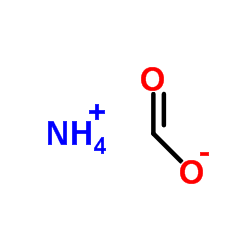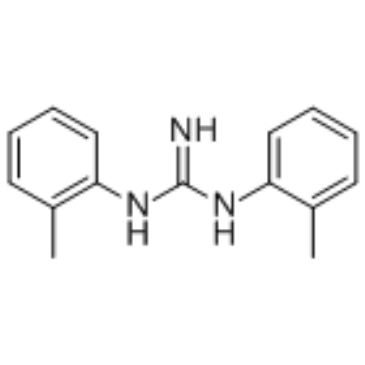| Structure | Name/CAS No. | Articles |
|---|---|---|
 |
Acetonitrile
CAS:75-05-8 |
|
 |
Formic acid ammonium salt
CAS:540-69-2 |
|
 |
Tantalum(V) Ethoxide
CAS:6074-84-6 |
|
 |
(+)-PENTAZOCINE-DEA SCHEDULE IV ITEM
CAS:7361-76-4 |
|
 |
(R)-Pentazocine
CAS:359-83-1 |
|
 |
Ditolylguanidine
CAS:97-39-2 |